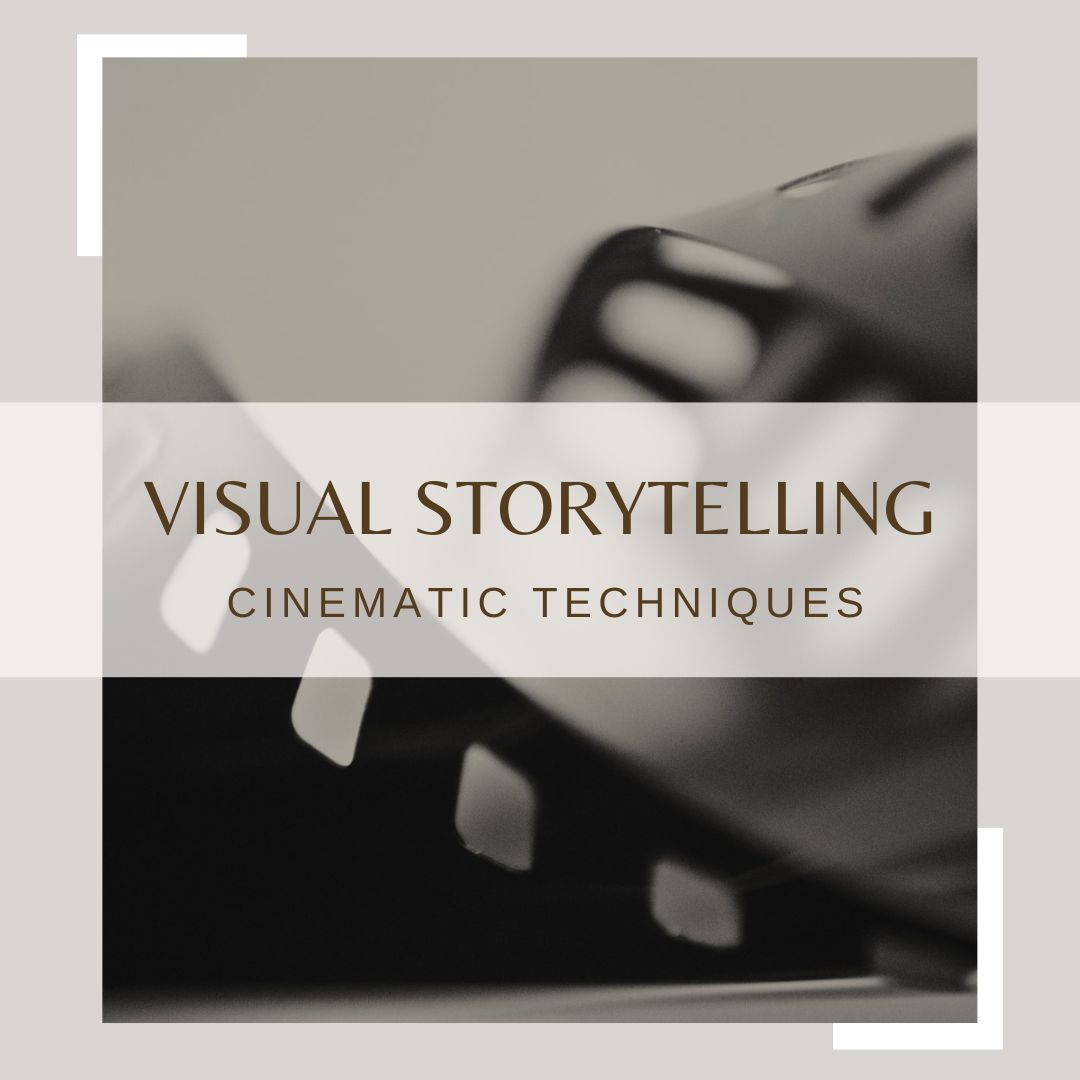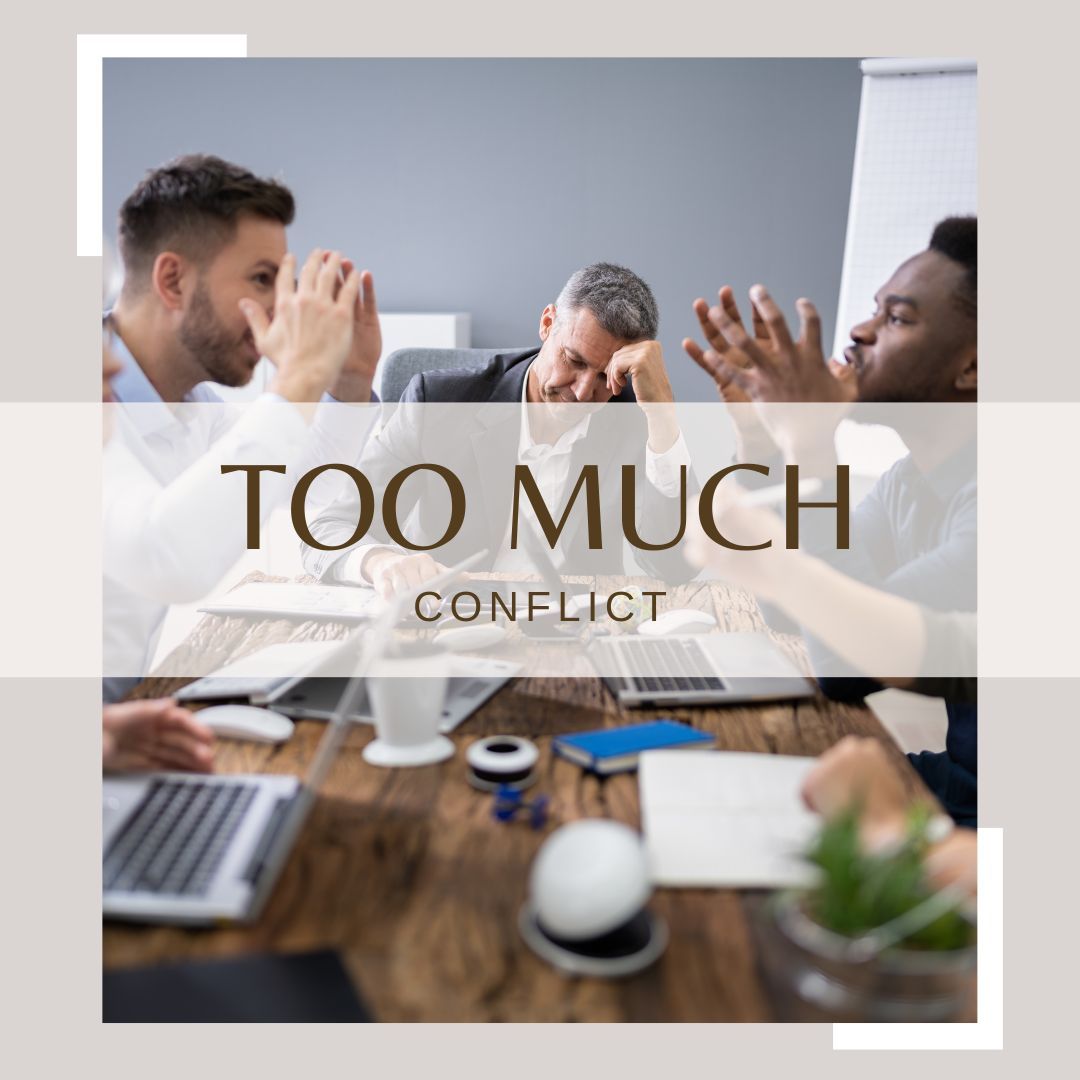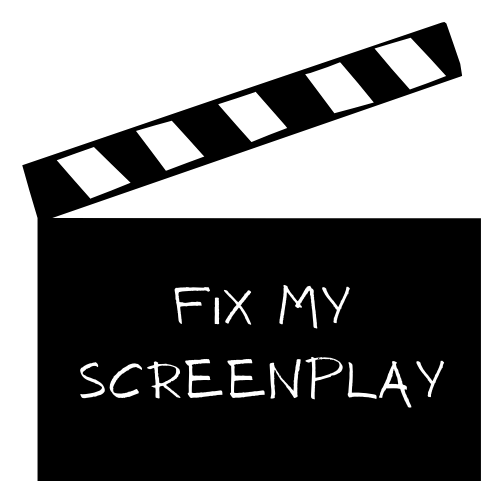Visual Storytelling & Cinematic Techniques (Free Subscription)

In this newsletter, Visual Storytelling & Cinematic Techniques (Article), Extreme Screenwriting Summer Special (Limited Offer), Too Much Conflict (Article), Page One Mistakes (Article), Layering Subtext into Your Script (Article), & Chat GPT versus Google Bard (Article).

Visual Storytelling & Cinematic Techniques
Visual storytelling means taking the standard show, don't tell to the next level. For screenplays, it means conveying the story's elements through visuals rather than relaying solely on dialogue or exposition. More importantly, it's using the power of visual imagery to evoke emotion. This is what creates a memorable experience for the audience.
Show, Don't Tell
This seems self explanatory, but it's a common mistake in novels and screenplays. Rather than explaining information through dialogue or narration, let the visual elements speak for themselves. Use evocative descriptions, actions and visual cues to convey emotions, establish mood and reveal character traits. By allowing the audience to interpret the visuals, you create a deeper level of engagement and encourage the audience to participate in the story rather than just watching the story.
Create Vivid Imagery
A screenplay should be like laying photographs laid side-by-side to piece together a visual landscape that relies on the power of imagery to convey emotions, set the tone, mood & atmosphere, and paint a vivid picture in the reader's mind. If the writer's prone to writing explanatory dialogue, then I recommend the following - write the scene's explanatory dialogue, then go back and ask, 'How can I visualize this?' Screenwriting is the craft of creating visualizations that emotionally move an audience and drive the story.
Establishing Shot
The opening shot should establish the tone, mood and atmosphere for the entire movie. Setting is crucial in immersing the audience in the story. This is accomplished via a master shot of the location, like a wide shot of a haunted house, the Golden Gate Bridge, a creepy country road, a train station, a stormy beach, a sunny park, etc. The writer can also go with a cinematic technique like an aerial shot or a more detailed cityscape that serves as a visual anchor, setting the stage for the ensuing action.
Shot Selection Without Directing
Carefully think through scenes by creating a detailed outline. Instead of writing the scene in chunky paragraphs that look like a novel, break the scene into SHOTS. Picture the scene in your mind. Each time the camera angle changes start a new paragraph. Readers know this means a NEW SHOT, which creates visual flow and pacing. DO NOT add camera angles. There is no need to because each new paragraph means a new shot.
Symbolism and Metaphor
By adding visual motifs, recurring images, or objects with symbolic significance, writers can subtly convey themes, character arcs, or even subtext. These visual elements can create a lasting impression on the audience and invite deeper analysis and interpretation. It's a common technique used to create an emotional connection with the audience.
Visual Transitions
Transitions between scenes is a powerful tool in the screenwriter's arsenal. Smooth and well-executed transitions help maintain the flow and coherence of the story, creating a seamless viewing experience without jagged jumps between unconnected story points. There are over 80 pro-level transitions a screenwriter can use, but the most commonly uses are the visual-to-visual transition, dialogue-to-dialogue transition, dialogue-to-visual or visual-to-dialogue. Transitions can also build suspense and even be used to evoke emotions in the audience.
Visual Metaphor & Visual Effects
Symbolic visuals that mirror the characters' journeys or externalize their internal struggles can heighten the impact of a screenplay. Strategic planning of visual effects can transport the audience into extraordinary realms, amplifying the story's fantastical or futuristic elements.
Visual storytelling and cinematic techniques are potent tools in the screenwriter's toolbox. By leveraging the power of vivid imagery, establishing shots, shot selection, symbolism, visual transitions, and visual effects, writers can create a compelling and immersive cinematic experience. Remember, visual storytelling begins on page one. Mastering these techniques will allow your screenplay to captivate readers and help pave the way for a visually stunning and emotionally resonant movie.

Extreme Screenwriting | Summer Special
Do you have a screenplay you started and never finished? Did you get half-way through a script, then it stopped working for some reason?
Spending days, weeks or months on a screenplay, only to leave it incomplete can be a painful experience for a screenwriter. And it can be difficult to reignite the story's initial excitement after its been sitting in a computer file for months (or even years). Yet, part of you wants to finish it because you know it has potential. While potential's great, it's going to take a finished, market-ready screenplay to make a sale.
Did you know a majority of A-list screenwriters use ghostwriters to complete their scripts or improve specific areas, like dialogue, arcs, or plot structure? And producers often bring in ghostwriters to 'fix' screenplays before proceeding to green-light the script for production.
In my opinion, the best time to bring in a ghostwriter is BEFORE the screenplay's optioned, when the screenwriter still has control of the creative content. Once it's optioned, the producer is the deciding factor on what's changed and by whom. Unfortunately, the writer making any necessary changes may or may not be the script's original screenwriter.
While the WGA's on strike and I'm staring at walls wondering what color paint I should use, I decided to significantly reduce the price of revising a partially completed screenplay (half completed) to $499, that's $1.5K off the regular price. Valid from June through August 2023, or until slots are filled.
How it works is simple. Purchase the Summer Special, then send me your incomplete screenplay (or TV pilot) in an editable format, and I'll complete the script, including any necessary revisions, until - in my opinion - it's market ready! As most of you know, this is what I do weekly for producers, but right now I can't work with them (strike regs) - so, it's your opportunity to have a ghostwriter finish your script rather than letting the concept be forgotten in a computer file.
Any genre. The only stipulation is the script must be at least half-completed. No limited to how many Summer Specials you can purchase. Offer open until all slots are filled or until 8/31/23. Get started today by clicking the BUY IT NOW button below.

Too Much Conflict
Conflict is the lifeblood of any story, and in the world of screenwriting, effectively managing conflict intensity is crucial. A well-balanced screenplay knows how to navigate the spectrum of emotions, allowing the audience to connect with the characters and story on a deeper level while building suspense. Here are some ways to assure a balance of conflict and avoid Too Much Conflict.
Establish Emotional Stakes
The foundation of conflict lies in establishing the hero's emotional stakes in the story's outcome. This creates suspense, which adds a layer of conflict in the story that doesn't require outright verbal conflict. Instead, it flows through the story in a way that keeps the audience glued to their seats. The hero's stakes in the outcome form a backbone that naturally drives the dialogue into the conflict zone. This shapes the intensity of emotions in the characters and the audience.
Gradual Conflict Build-Up
Conflict intensity should not hit a peak right from the start. A well-crafted screenplay allows emotions to build gradually, giving the audience time to understand and empathize with the hero. Start with a solid foundation of relatable and engaging characters, and then layer in conflict. This doesn't mean to avoid conflict in scenes because every scene must have conflict in a screenplay, but keep it dialed back initially. This creates a more immersive and authentic emotional experience for the audience. The exception is a teaser that might use intense conflict to create an inciting incident.
Variety in Conflict Beats
A common mistake is relying on one emotion to drive the conflict. This creates a predictable and often monotonous story. Introduce a variety of conflict beats that vary in type, intensity and duration. Also, create levels of conflict driven from the visuals and the dialogue, rather than just via the dialogue. A harsh look across a room can create more conflict than a full-scale argument when properly timed. This also works to keep the audience guessing and engaged.
Comfort Zones
Well-crafted conflict pushes characters out of their comfort zone and forces them to confront their fears, desires, and insecurities. This requires the writer push both the internal and external conflicts to the maximum. This creates opportunities for the character to experience a range of conflict and emotions that result in change. Be sure to balance triumphs with setbacks allowing for a more nuanced journey that evokes empathy from the audience.
Conflict Release
Building conflict intensity is not solely about piling on the emotions. It's about providing moments of release for both the characters and the audience. Allow the characters to experience conflict breakthroughs, make significant decisions, or undergo transformative experiences. These moments of release provide a satisfying resolution and closure for the audience, offering a sense of emotional fulfillment.
Subtle Conflict & Restraint
While conflict intensity is essential at times, it's equally important to exercise subtlety and restraint. Not every scene needs to be charged with high-intensity conflict. Allow for quieter scene moments of introspection, contemplation, or even silence to create contrast and add depth to the emotional landscape. These understated moments can be just as impactful as the more outright conflict scenes, providing breathing space and allowing the audience to process the journey.
Start with establishing the emotional stakes, build conflict, gradually build up the conflict, create conflict beats, push the characters out of their comfort zones, while using subtle, quiet moments to give the audience a chance to breath and take in the complexities of the story.
Newsletter Subscription
To receive the remaining articles, please subscribe to the PAID newsletter subscription at $8 a month or save 20% with a yearly subscription for $77.
